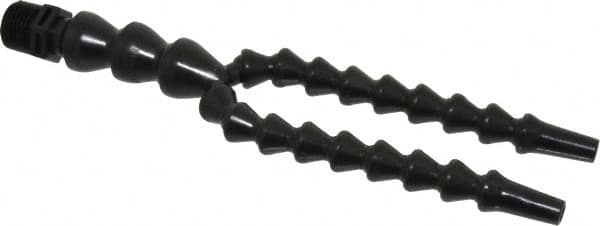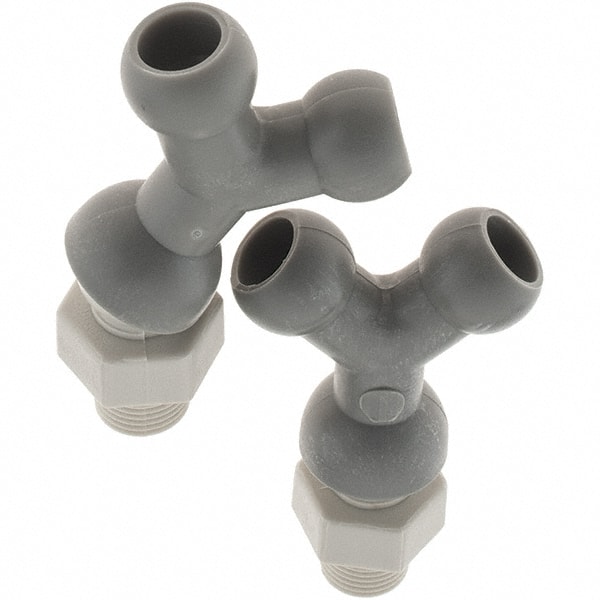

Most coolant mixtures also contain some form of rust protection. However, the mixture of the two helps keep the water from freezing and prevents the fluid from overheating. Water alone won’t do the job adequately because it can freeze. The coolant mixture is a cross between antifreeze and water. READ MORE: 6 Symptoms of a Bad Radiator Cap 3. With this valve in place, the cooling system remains pressurized without overheating. When the temperature of the coolant rises, and the pressure expands, the valve in the cap opens so the additional coolant can flow into the overflow tank. In most systems, there’s a spring-loaded valve found in the radiator cap. While it does cap off the radiator, its purpose goes far beyond simply keeping contaminants out of the cooling system. The radiator cap might be small, but it has an important job. The radiator contains a drainage plug, which is helpful for bleeding the system. The heat from the hot engine coolant is dispersed into the radiator, where it can be replaced with cooler ambient air. It is created from metal – typically aluminum – and it contains several pipes attached to it. The car radiator is responsible for acting as a heat exchanger. RELATED: Bubbles In Coolant Reservoir – Meaning and Causes Main Components of the Cooling System 1. You don’t want to ever open the expansion tank’s radiator cap or even the coolant overflow cap when the engine is hot. There will be a maximum and minimum fill line that can be used as a gauge. However, a quick look at the side of the tank should reveal how much coolant should be added. In general, you want the tank to be a minimum of 30% full. It’s important that you keep a close eye on how much coolant is in the reservoir tank.
#Coolant hose full
How Full Should the Coolant Overflow Tank Be? It’s the safest and most effective way found to deal with regulating engine temperatures. These designs ensure that the excess pressure from the hot coolant has somewhere to go besides the atmosphere. Today’s cars all come with a radiator overflow tank or another form of expansion tank system. Even worse, coolant has a sweet taste which makes it appealing to kids and animals. Antifreeze is toxic, making it less than ideal for pumping into the environment. The downside to this type of system is the pollution it creates. With this system, there was an escape when the coolant got hot. In these older cooling systems, multiple vents were used to allow the extra pressure out. However, older vehicles didn’t come with an overflow tank. The radiator overflow tank has a very important job, making it impossible to imagine a vehicle without it. Radiator Coolant Overflow Tank Function Diagram Is a Radiator Overflow Tank Necessary? It will remain in the tank until it’s needed by the engine once again. Expanded coolant can go into the overflow tank to cool down. With the added overflow tank, the pressure is better regulated. An over-pressurized cooling system can lead to boiling liquid that can burst through any weak spot. If it were to become too hot, the fluid would expand, causing major issues in the sealed system. However, the amount of coolant in the overflow tank will vary based on how much is needed to cool the engine at the time.Īs long as the system works as designed, the coolant should never rise too high in temperature.

On the other hand, if there’s too much pressure, coolant will be pulled from the cooling system back into the overflow tank.īecause the cooling system is a closed unit, the amount of coolant within the system should never change. When the level in the cooling system gets too low, coolant is withdrawn from the storage to enter the cooling system. Conclusion How Does a Radiator Coolant Overflow Tank Work?


 0 kommentar(er)
0 kommentar(er)
